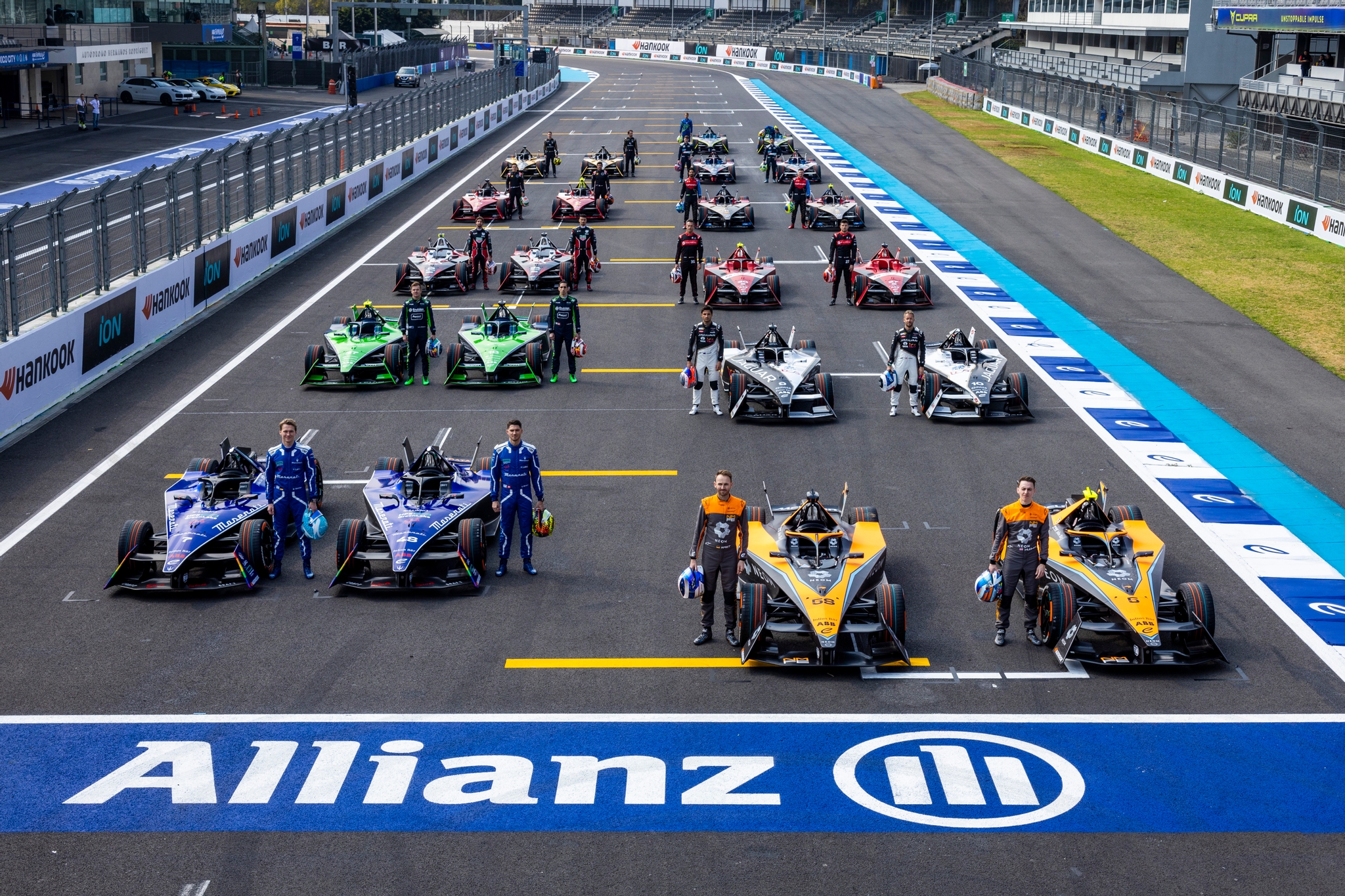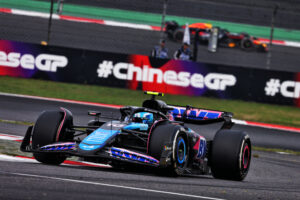Formula E is the first all-electric international single-seater championship, a competition ruled by FIA and considered a world championship. This is a short guide to it.
Formula E was introduced by the FIA in 2011, but the debut race didn’t take place until September 2014, in Beijing. The project of a new electric championship was conceived by Jean Todt, the then FIA president, and the politicians Alejandro Agag and Antonio Tajani to introduce the hybrid system in racing. In 2020, Formula E became an official FIA World Championship after six years.
The Formula E cars
Formula E cars all have the same chassis, batteries, and tires, to make the competition more challenging and balanced. The most relevant elements that vary between the teams are the powertrain and the software. Since 2023, the category races with new rules, bringing in a new generation of cars, called Gen3. On the technical side, the power output is 350kw in the Gen3 cars, with more than 40 percent of the energy coming from regenerative braking.
The moment our GEN3 cars made their race debut ⚡#MexicoCityEPrix pic.twitter.com/Jyh42SV6p1
— Formula E (@FIAFormulaE) January 14, 2023
The Formula E grid
The Formula E grid is made of 11 teams (ABT Sportline, Andretti, DS Penske, Envision, Jaguar, Mahindra, Maserati, McLaren, NIO 333, Nissan, and Porsche) and 22 drivers. The grid includes former F1 drivers like Stoffel Vandoorne (who is the reigning Formula E Champion), but also young drivers from Formula 2 such as Dan Ticktum.
How a race weekend works
Formula E weekends are slightly different from those in Formula 1. The cars get on track for the first time on Friday, with a free practice session followed by a second one early the following day. Saturday is the busiest and most important day, that second, and final, free practice session is followed by the qualifying and the E-Prix (an electric Grand Prix) later in the afternoon. The majority of a Formula E weekend takes place within a single day.
Qualifying
During qualifying, the twenty-two drivers are divided into two groups based on their position in the championship, called Group A and Group B. For the first E-Prix of the season teams must place one of their two drivers into each group. After ten minutes on the track, the four fastest drivers of each group advance to the ‘Duels’. The duels are a knockout-style format divided from quarter-finals to the final.
Your #CapeTownEPrix semi-final contenders 🇿🇦
FENESTRAZ 🆚 CASSIDY
GUNTHER 🆚 EVANS pic.twitter.com/vBUUZ6DS6M
— Formula E (@FIAFormulaE) February 25, 2023
The E-Prix
In 2023 Formula E will race 16 E-Prixs across 11 cities, with five doubleheaders on the calendar. Every E-Prix has a different number of laps and they can change during the race. In the case of a Safety Car, the number of laps spent behind the SC will be added on at the end of the E-Prix. This eliminates feeling like too much of a race was ‘wasted’ behind a safety car.
One of the main strategy elements in Formula E is Attack Mode. This is a four-minute window of extra power. To activate Attack Mode the drivers have to cross an Activation Zone, a specific zone of the track previously designed. Typically, this takes drives off the racing line costing them positioning to gain the additional power. Driving through the Activation Zone drivers access an extra 50kw to be used split across two different instances. For example, the two Attack Modes can be used for two minutes each, or the first one can last three minutes and the second only one minute, etc.






